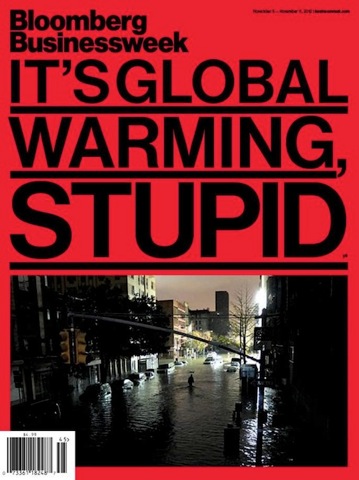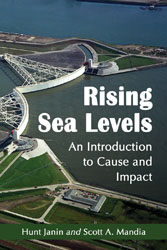 Welcome to the eleventh post in the Sustainable Energy without the Hot Air – A New Zealand Perspective series. After our previous posts on hydro power, geothermal and wind (and a summary on the big three), solar, biofuels, marine and waste energy, we’re now looking at answering the question:
Welcome to the eleventh post in the Sustainable Energy without the Hot Air – A New Zealand Perspective series. After our previous posts on hydro power, geothermal and wind (and a summary on the big three), solar, biofuels, marine and waste energy, we’re now looking at answering the question:
How can we achieve a BIG reduction in our personal and national energy consumption?
We covered the breakdown of where we use this energy in the last post. Today we’re dealing with our biggest chunk of energy use: road transport.
A few notes before we begin: as before, the units are in kWh/day/person – ie. if you ran a 40W lightbulb for 24 hours, it’d take ~1 kWh over the space of a day. We then divide it by person to give you a sense of the scale of the resource proportionate to the size of the population. Be sure to check out the methodology. For reference – we’ve been looking to replace around 55 kWh/d/p of energy currently generated by fossil fuels.
Cars
About a third (31kWh/d/p) of our total energy use is spent on vehicle travel, which is high by international standards. (This figure also includes some diesel purchases by small farmers and transport operators that are not adequately captured by other statistics.) Incidentally, one litre of petrol contains ~10kWh of energy, so at a national scale, we’re all using around 3 litres of petrol/person/day. By comparison, the average UK citizen spends 14 – 16kWh/d/p on personal vehicle travel. Consider that the average NZ car drives 18,000km in a year. If all were medium SUVs (0.9kWh/km) with 2 people in them, then this would translate into only 22kWh/d/p. It is clear then that we must make a lot of single-passenger trips in inefficient vehicles. Worse, this works out at a staggering 46kWh/d per vehicle (excluding mopeds, but including trucks)!
Continue reading “Sustainable Energy NZ #11: How can we make road transport more efficient?”



 Welcome to the ninth post in the Sustainable Energy without the Hot Air – A New Zealand Perspective series. Today we’re summarising the numbers on the various renewable energy options in New Zealand (and finding they’re more than sufficient!). For the background to the work please our introductory post
Welcome to the ninth post in the Sustainable Energy without the Hot Air – A New Zealand Perspective series. Today we’re summarising the numbers on the various renewable energy options in New Zealand (and finding they’re more than sufficient!). For the background to the work please our introductory post  Of all the consequences of human-caused global warming, sea level rise has always held special alarm for me in its inexorability, its extension into the future, and the enormous disruption it threatens to centres of high population and essential infrastructure. Scientist
Of all the consequences of human-caused global warming, sea level rise has always held special alarm for me in its inexorability, its extension into the future, and the enormous disruption it threatens to centres of high population and essential infrastructure. Scientist